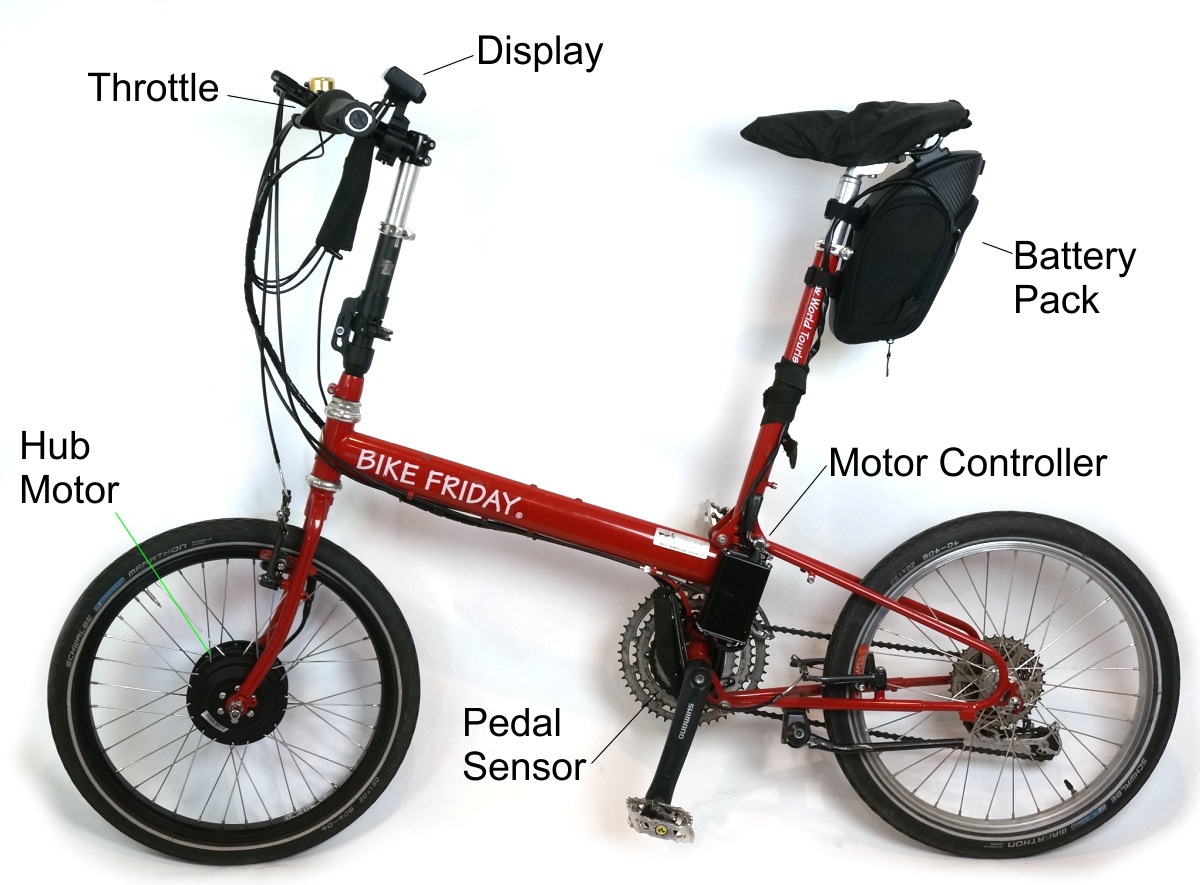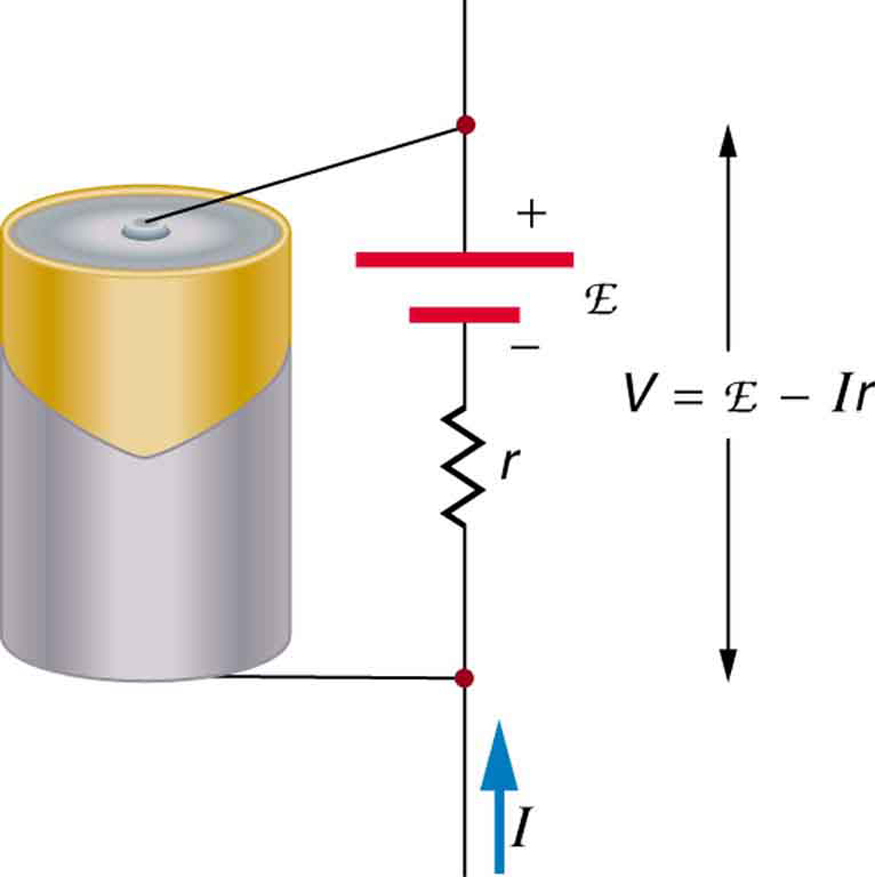The Fascinating World of eBikes: An Overview
eBikes, or electric bicycles, have gained significant popularity in recent years, offering a unique blend of human power and technology. These pedal-assisted bikes are designed to augment the rider’s efforts, making cycling more accessible and enjoyable for a wider range of people. The primary components of an eBike include the frame, wheels, pedals, brakes, a motor, a battery, and a control system.

The Role of Physics in eBike Design and Functionality
eBikes, or electric bicycles, are complex machines that rely on principles of physics to govern their design and functionality. The interplay between mechanical, electrical, and fluid dynamics plays a crucial role in the overall performance and efficiency of these pedal-assisted bikes. Mechanical physics deals with the motion, force, and energy transfer between the rider and the eBike, while electrical physics focuses on the power of batteries and motors. Fluid dynamics, specifically aerodynamics, impacts the eBike’s performance and energy efficiency.

Mechanical Physics: The Human-Machine Interaction
At the core of eBike functionality lies the mechanical physics of human-machine interaction. When a rider pedals, they apply a force to the pedals, which is then transferred to the crankset, bottom bracket, and ultimately, the rear wheel. This force generates torque, causing the wheel to rotate and propel the eBike forward. The mechanical physics of eBikes also involves energy transfer, where the rider’s input energy is amplified by the motor’s output, resulting in a smooth and effortless riding experience.
Torque, a rotational force, is a fundamental concept in mechanical physics that significantly impacts eBike performance. Different eBike classes, such as Class 1, 2, and 3, have varying maximum torque limits, which directly affect the bike’s acceleration, hill-climbing ability, and overall power. A higher torque value generally results in better performance, especially in stop-and-go city riding conditions.
The efficiency of energy transfer between the rider and the eBike is another critical aspect of mechanical physics. By optimizing the pedal-assist level, riders can ensure a seamless blend of human power and motor assistance, resulting in improved energy efficiency and extended range. Additionally, maintaining proper tire pressure and improving riding posture can further enhance energy transfer and overall eBike performance.

Electrical Physics: The Power of Batteries and Motors
Central to the electrical physics of eBikes are the batteries and motors that propel these vehicles. The interplay between these components significantly impacts the performance, range, and overall user experience of eBikes.
Batteries
eBike batteries are typically rechargeable lithium-ion or lithium-polymer systems, which offer a balance between weight, cost, and energy density. The capacity of an eBike battery, measured in Watt-hours (Wh), determines the range of the bike. A higher capacity battery enables longer rides before recharging, while a lower capacity battery requires more frequent charging stops. Battery management systems (BMS) play a crucial role in maintaining battery health, ensuring safe charging and discharging, and preventing overheating or damage.
Motors
eBike motors can be classified into two primary categories: hub motors and mid-drive motors. Hub motors are located in the front or rear wheel hubs and directly drive the wheel, while mid-drive motors are integrated into the bike’s bottom bracket, driving the pedal cranks and chainring. Each motor type has its advantages and disadvantages, with hub motors offering simplicity and low cost, and mid-drive motors providing better weight distribution, efficiency, and hill-climbing capabilities.
Motor power, measured in Watts (W), is another essential factor in eBike performance. Higher power motors offer better acceleration and hill-climbing abilities but may consume more energy, reducing the overall range. Power control systems, such as torque sensors and cadence sensors, regulate the motor’s output based on the rider’s input, ensuring a smooth and efficient riding experience.

Fluid Dynamics: The Aerodynamics of eBikes
Fluid dynamics, the study of how gases and liquids flow and interact with surfaces, plays a significant role in eBike performance and energy efficiency. Specifically, aerodynamics, the branch of fluid dynamics concerned with the motion of air, significantly impacts eBike performance.
Air Resistance and Drag
As an eBike moves, it must overcome air resistance or drag, which increases with the square of the velocity. This means that even a small increase in speed can lead to a substantial increase in air resistance. Reducing air resistance is crucial for improving eBike performance and energy efficiency, especially at higher speeds.
Designing for Aerodynamics
Manufacturers employ various strategies to optimize eBike aerodynamics, such as streamlined frames, hidden cables, and fairings. Aerodynamic frames minimize the frontal area exposed to the wind, while hidden cables reduce turbulence. Fairings, aerodynamic covers placed over components like wheels or motors, can further reduce drag. Additionally, rider positioning significantly impacts aerodynamics, with a more aerodynamic posture reducing air resistance and improving overall efficiency.
Aerodynamic Components
Beyond frame design, specific eBike components can also contribute to improved aerodynamics. For example, aerodynamically optimized wheels, tires, and handlebars can reduce drag and improve overall performance. Some manufacturers even offer specialized aerodynamic accessories, such as wheel covers or fairings, to further enhance eBike aerodynamics.

How to Optimize the Physics of Your eBike
Understanding the physics of eBikes not only enhances your appreciation for these remarkable machines but also enables you to optimize their performance and energy efficiency. Here are some practical tips and guidelines for maximizing the potential of your eBike.
Adjust Pedal Assist Levels
Most eBikes offer multiple pedal-assist levels, allowing riders to choose the amount of assistance provided by the motor. Adjusting the pedal-assist level to match your riding conditions and effort can help optimize energy efficiency and range. Lower assist levels are ideal for flat terrain or when you want a more intense workout, while higher assist levels can help tackle hills or challenging terrain.
Maintain Proper Tire Pressure
Proper tire pressure is crucial for eBike performance and energy efficiency. Underinflated tires can increase rolling resistance, reducing range and requiring more effort to maintain speed. Overinflated tires, on the other hand, may compromise traction and comfort. Regularly check your tire pressure and maintain the manufacturer’s recommended pressure for optimal performance.
Improve Riding Posture
Aerodynamics play a significant role in eBike performance and energy efficiency. By adopting a more aerodynamic riding posture, you can reduce air resistance and improve overall efficiency. Tuck in your elbows, keep your knees close together, and lower your torso to minimize your frontal area and reduce drag.
Utilize Regenerative Braking
Some eBikes feature regenerative braking systems, which convert kinetic energy into electrical energy during deceleration, extending the range and reducing wear on brake pads. To maximize the benefits of regenerative braking, use it when descending hills or approaching stops, and consider adjusting the regenerative braking level to match your riding style and conditions.
Regular Maintenance
Regular maintenance is essential for maintaining eBike performance and energy efficiency. Schedule routine inspections and servicing to ensure that all components, including the motor, battery, drivetrain, and brakes, are functioning optimally. Properly maintaining your eBike can help prevent issues that may negatively impact performance and range.

The Future of eBike Physics: Innovations and Trends
As the popularity of eBikes continues to surge, the world of eBike physics is evolving with innovative technologies and trends. These advancements cater to improved performance, energy efficiency, and safety, enabling eBike enthusiasts to make informed decisions and stay updated with the latest developments.
Smart eBike Technology
Smart eBike technology integrates cutting-edge sensors, connectivity, and data analysis to optimize eBike performance and user experience. Features such as GPS tracking, ride analytics, and smartphone integration allow riders to monitor and fine-tune their eBike’s performance, plan routes, and diagnose maintenance issues. Additionally, smart eBike technology enhances safety by incorporating features like collision avoidance systems, automatic lighting, and turn signals.
Advanced Materials
The use of advanced materials in eBike design significantly impacts performance, energy efficiency, and durability. Lightweight carbon fiber frames and components reduce overall weight, making eBikes easier to maneuver and more energy-efficient. Meanwhile, advanced alloys and composite materials improve strength, stiffness, and corrosion resistance, ensuring a longer lifespan and better performance.
Regenerative Braking Systems
Regenerative braking systems convert kinetic energy into electrical energy during deceleration, extending the range and reducing wear on brake pads. As battery technology advances, the efficiency and practicality of regenerative braking systems are expected to improve, making them a standard feature in many eBikes.
Adaptive Suspension Systems
Adaptive suspension systems utilize advanced sensors and algorithms to automatically adjust suspension settings based on riding conditions and terrain. By continuously optimizing suspension performance, these systems improve comfort, traction, and control, particularly on rough or uneven surfaces.
Integrated Power Management Systems
Integrated power management systems combine motor, battery, and control system components into a single, seamless package. These systems optimize the interplay between components, improving energy efficiency, performance, and reliability. Additionally, integrated power management systems simplify maintenance and enhance user experience by providing a single point of control and monitoring for eBike power components.

Conclusion: Embracing the Physics of eBikes
Understanding the physics of eBikes is crucial for enthusiasts, industry professionals, and casual riders alike. By delving into the mechanical, electrical, and fluid dynamics principles governing eBike design and functionality, we can appreciate the intricate interplay between human power and technology. This knowledge empowers riders to make informed decisions, optimize their eBike’s performance, and stay safe while enjoying the unique riding experience.
As the world of eBikes evolves, innovative trends and technologies continue to shape the future of eBike physics. Smart eBike technology, advanced materials, and regenerative braking systems are just a few examples of how the industry is pushing the boundaries of performance, energy efficiency, and safety. By embracing these advancements, we can look forward to a future where eBikes become even more accessible, enjoyable, and sustainable for everyone.
In conclusion, the physics of eBikes is a fascinating and essential aspect of these remarkable machines. By exploring the concepts and principles that underpin eBike design and functionality, we can deepen our appreciation for the intricate interplay between human power and technology. So, whether you’re a seasoned eBike rider or a curious newcomer, take the time to explore and embrace the physics of eBikes, and unlock the full potential of these extraordinary vehicles.

